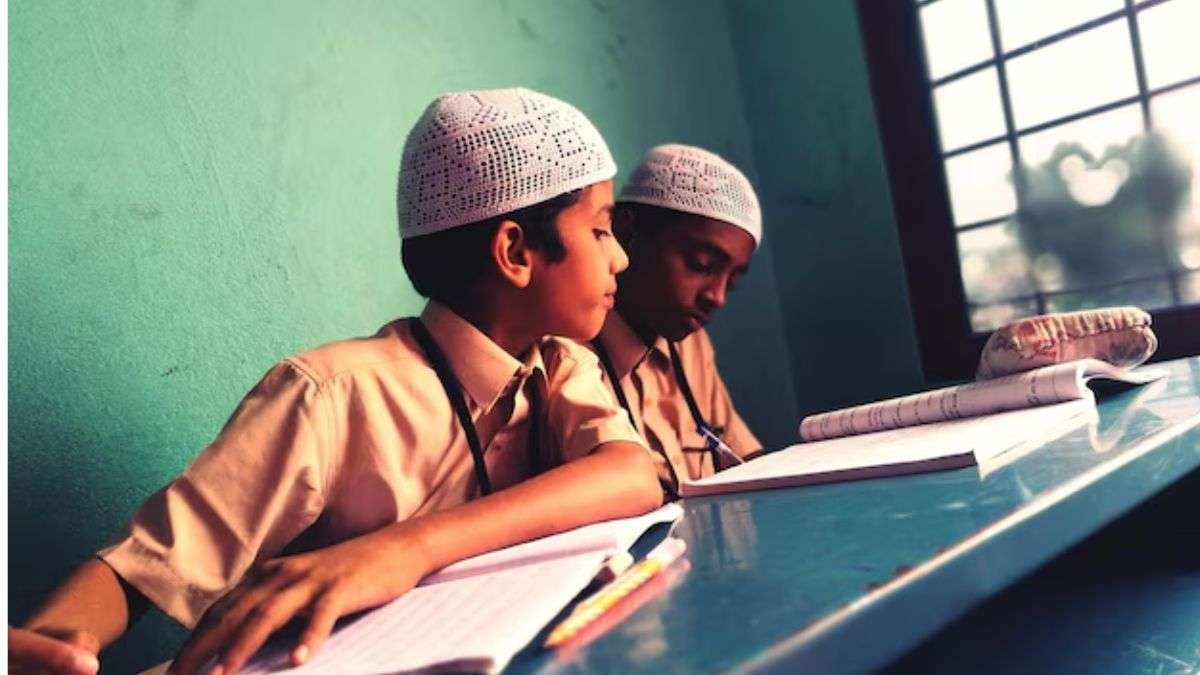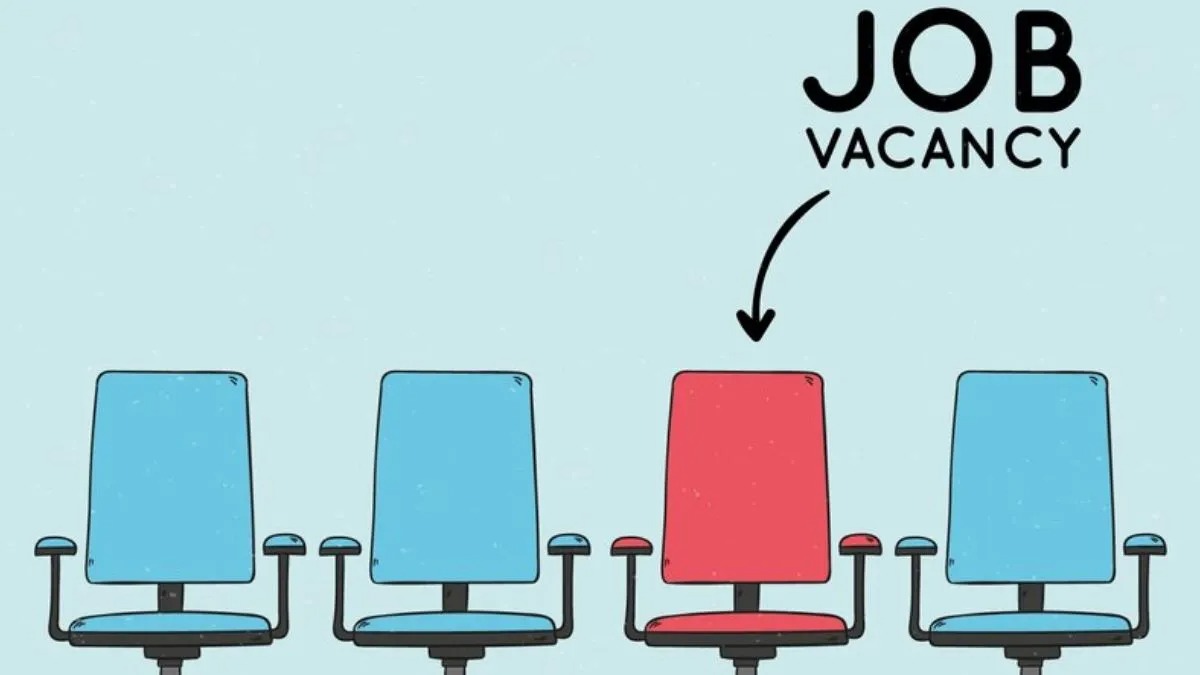
Education: 17 lakh students studying in around 16,000 madrasas across Uttar Pradesh got a major relief after the Supreme Court today upheld the constitutional validity of the Uttar Pradesh Board of Madrassa Education Law of 2004. The apex court pronounced the verdict while hearing the pleas challenging the Allahabad High Court order that had scrapped the Act, calling it ''unconstitutional'' and violative of the constitutional principle of secularism. This decision was made by a three-judge bench of the Supreme Court, led by Chief Justice of India D.Y. Chandrachud.
What is the UP Madarsa Education Act?
The Uttar Pradesh government drafted this act in 2004 to regulate and govern the functioning of madrasas across the state. It provides a framework for the establishment, recognition, curriculum and administration of madrasas across the state. It was established to oversee and supervise the activities of madrasas across the state.
Madrasas are Islamic educational institutions that offer a combination of religious and secular education. The Act aimed to standardize this education while ensuring compliance with the curriculum set by NCERT.
As a result of the Act, the Uttar Pradesh Board of Madarsa Education was established, predominantly composed of members from the Muslim community. This board is responsible for developing curriculum materials, conducting examinations, and overseeing the quality of education provided at madrasas. It regulates various educational qualifications, ranging from ‘Maulvi’ (equivalent to Class 10) to ‘Fazil’ (equivalent to a Master's Degree). However, the validity of the Madarsa Act was called into question when the Allahabad High Court struck it down in March 2024.
What was the dispute over the 2004 UP Madarsa Act?
The dispute over the 2004 Uttar Pradesh Board of Madarsa Education Act centred on whether the law violated the principle of secularism and fundamental rights.
In March, the Allahabad High Court struck down this act, saying it was unconstitutional and violated the principle of secularism. The court also ordered the state government to integrate madrasa students into the formal schooling system. Later in April, the apex court stayed the high court verdict until it decided the validity of the 2004 UP Madarsa Education Act.
Expounding its stance, the state government told the Supreme Court bench that it believes the law is constitutional. According to the media reports, it said that the act need not have been struck down entirely, and only the offending provisions need to have been examined.
A bench of supreme court, led by Chief Justice D Y Chandrachud and Justices J B Pardiwala and Manoj Misra, heard the challenge to the Allahabad High Court's March 22 judgement striking down the 'Uttar Pradesh Board of Madrasa Education Act 20024' as unconstitutional. The petitions were filed by Anjum Kadari, Managers Association Madaris Arabiya(UP), All India Teachers Association Madaris Arabiya (New Delhi), Manager Association Arbi Madarsa Nai Bazar and Teachers Association Madaris Arabiya Kanpur, according to the reports shared by Live Law.
How many teachers are employed in UP Madrasas?
According to an earlier document, around 21,000 teachers working in Uttar Pradesh Madrasas teach nearly 10 lakh students in about 7,500 madrasas. These teachers were appointed to teach Hindi, Science, Mathematics, Social Studies and English. According to some reports, these teachers were not paying well. The state government was paying up to 3,000 rupees ($36) a month from its budget to the teachers of subjects including science, maths, social studies, Hindi and English, on top of up to 12,000 rupees from the federal government.
--Advertisement--

 Desk
Desk Share
Share






